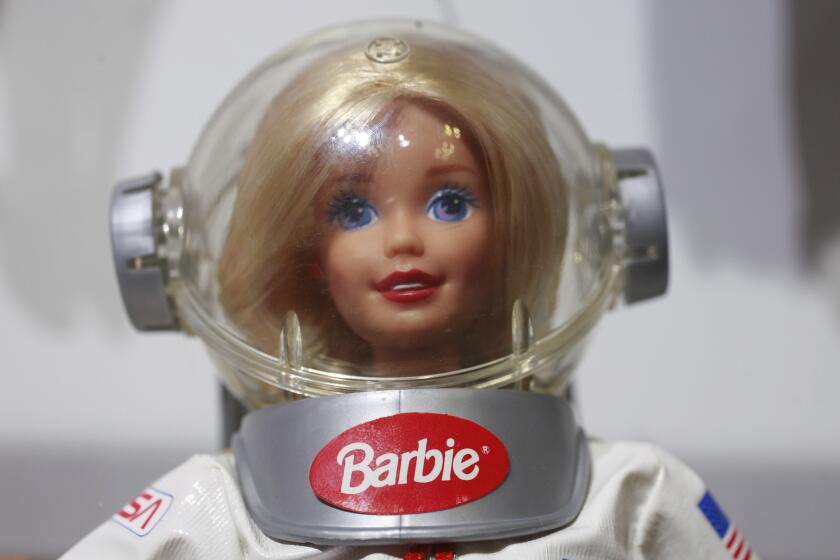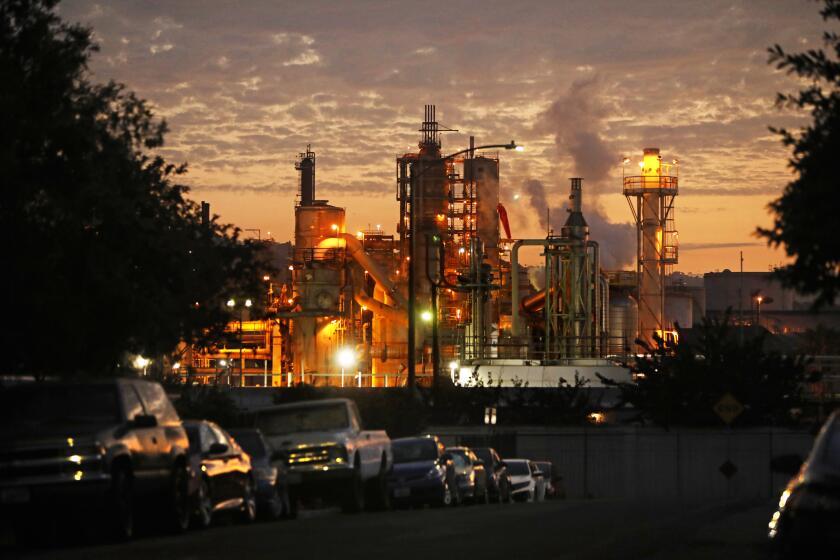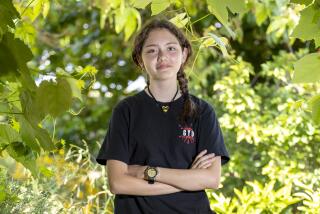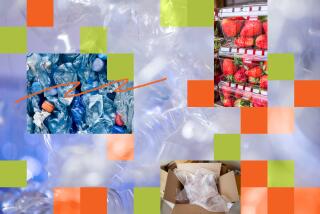This Barbie used to be trash. Mattel courts toy-shopping parents with sustainable products
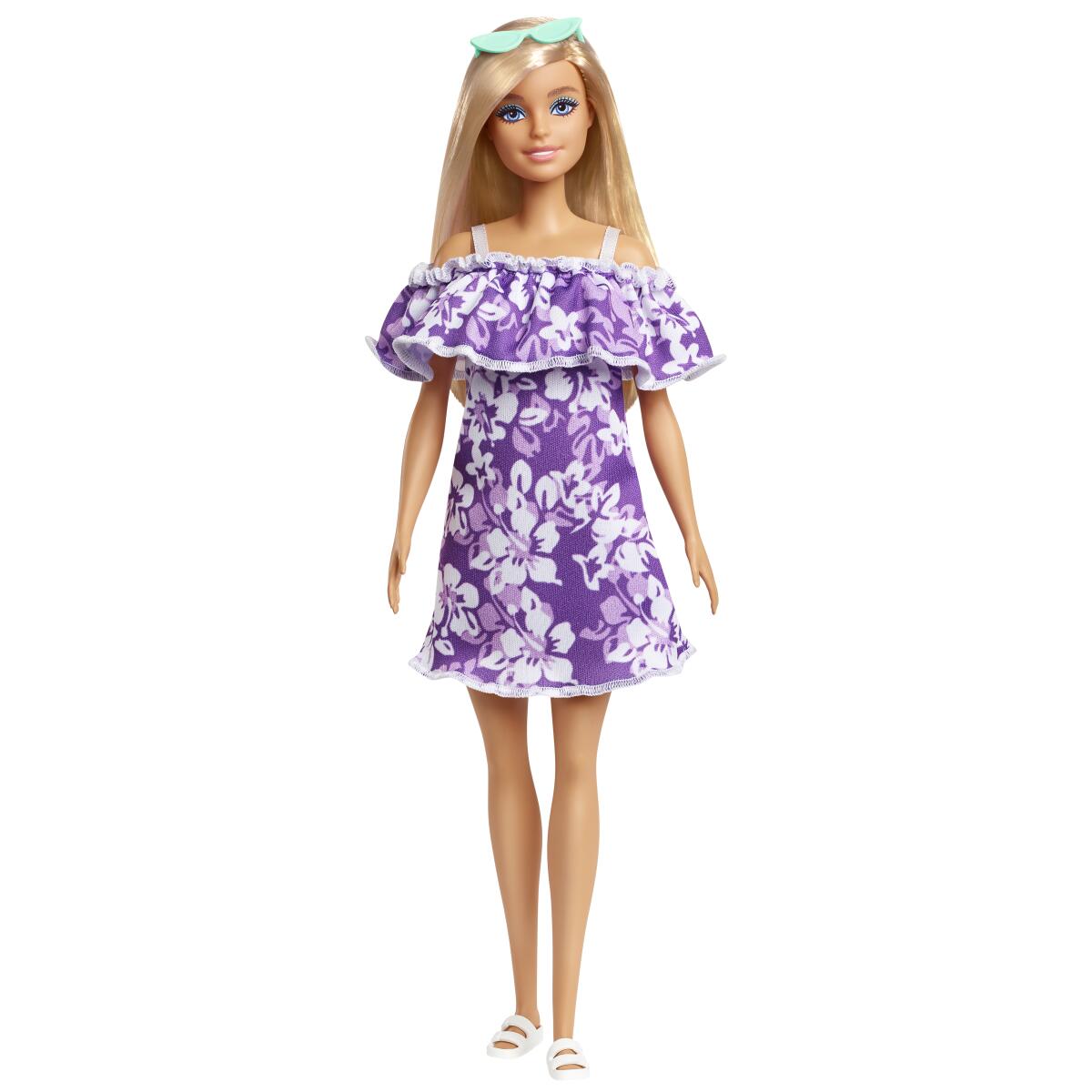
You can now buy a Matchbox Tesla Roadster that’s built from 99% recycled materials and certified as carbon neutral. A new Barbie, meanwhile, is made of recycled plastic trash collected in Mexico before it can pollute the Pacific Ocean. And toddlers can install plant-based plastic solar panels on the Mega Bloks Build & Learn Eco House.
These toys, sold by Mattel Inc., are part of a push by the $104-billion global toy industry to make its overwhelmingly plastic products more sustainable amid a plastic pollution crisis.
Hasbro Inc. announced last year that the toy formerly known as Mr. Potato Head would be made from plant-based or renewable materials by the end of 2024. Lego Group is making some of its building set accessories out of a plastic derived from Brazilian sugar cane and experimenting with turning recycled plastic bottles into its beloved bricks.
“I think we might actually be at a tipping point,” said Pamela Gill-Alabaster, head of global sustainability at Mattel, citing surveys showing that nearly 80% of parents rate the sustainability of toys as important. “It’s the right thing to do, but I also think there’s a pull from consumers, and I think we’re going to see more of that.”
Mattel offers 33 toys it labels sustainable, up from four in 2020. The company has pledged that by the end of the decade, its entire product line will be made from “100% recycled, recyclable or bio-based plastic materials.”
Mattel Inc. has agreed to make SpaceX-themed toys in partnership with Elon Musk’s rocket company.
The average Western household buys 40.3 pounds of plastic toys per child every year, according to a 2021 study published in the journal Environment International. And shifting to new materials won’t be easy or cheap.
Manufacturing toys from bio-based and recycled plastic poses manufacturing challenges, as equipment and processes must be reconfigured to handle the materials. Sustainable resins to make greener toys have also been in short supply, triggering price increases.
“A lot of consumer-goods companies are making commitments around the use of sustainable plastic, so there’s huge demand and finite supply,” Gill-Alabaster said.
The industry’s effect on ocean plastic pollution remains unclear. A 2014 United Nations Environment Program report found that the most intensive use of plastic in consumer products was in toys, with 48 million metric tons of plastic produced for each $1 million in revenue generated.
A new generation of parents is demanding sustainable toys, meaning toymakers have little choice but to transition away from petroleum-based plastic, said Juli Lennett, a toy industry analyst at NPD Group.
“People think it’s important that a toy or a brand or a company is sustainable or eco-friendly, but what that actually means is confusing,” she said. “I think we have a long way to go on educating consumers on that end, and even I get confused.”
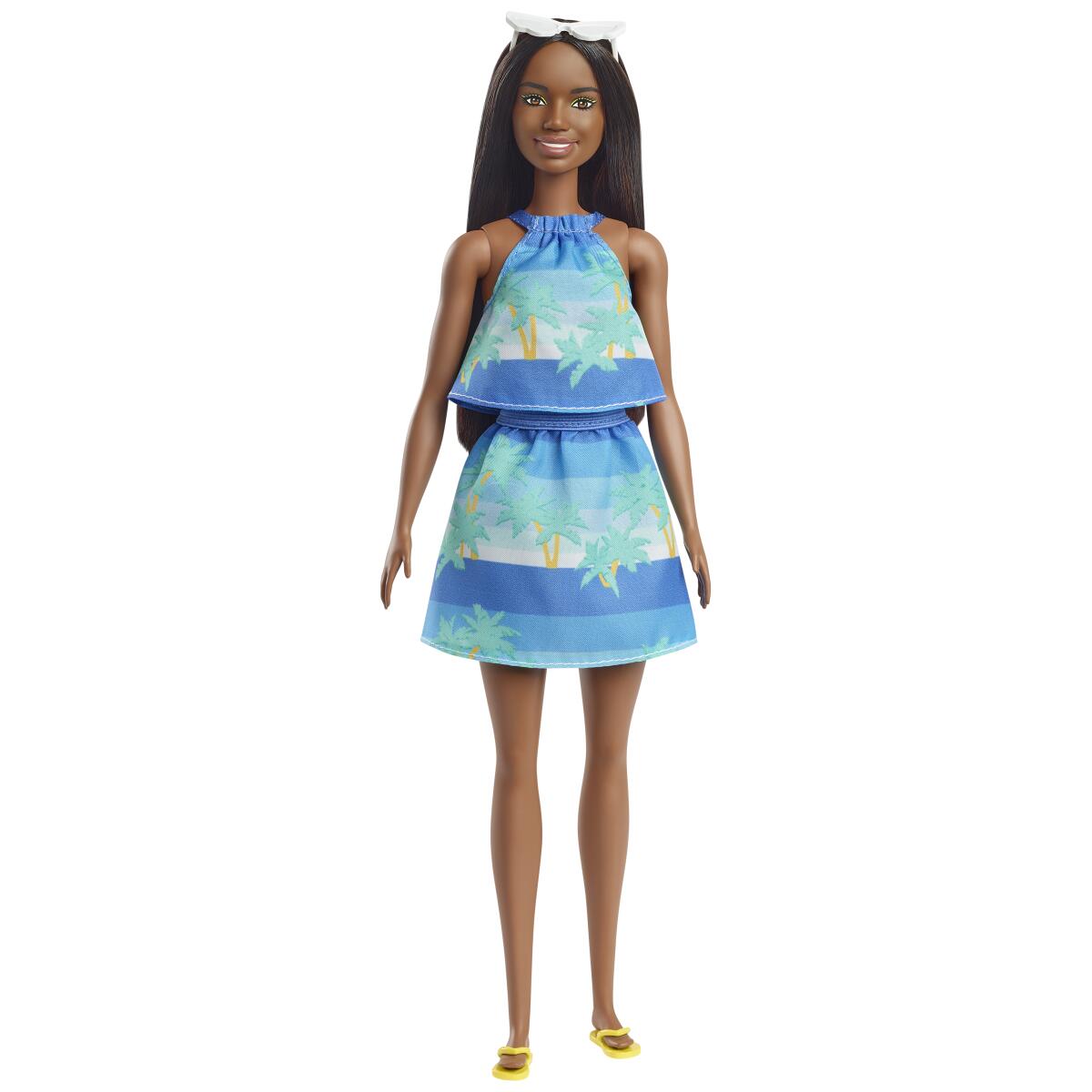
“Ocean-bound plastic” makes up 90% of the material used to manufacture the Barbie Loves the Ocean doll. That plastic is collected within 31 miles of waterways in regions without established waste-processing facilities. In this case, Barbie was born of plastic from Baja Mexico, Gill-Alabaster said.
The road to sustainability for Mattel’s Matchbox Tesla seems fairly straightforward. According to the company, 62.1% of the toy is made from recycled zinc, 36.9% from recycled plastic and the remaining 1% from stainless steel. (The toy’s packaging is made from recycled materials and the bio-based product tray is home-compostable, Mattel said.)
Mattel’s promotion of the Roadster and its Mega Bloks Green Town toys as carbon neutral, however, plunges parents into the murky world of carbon offsets.
Because Mega Bloks contain a mix of plastics derived from sugar cane and fossil fuels, the company bought fewer than 500 metric tons of carbon offsets generated by the preservation of a forest in British Columbia. A 2013 report from the auditor general of British Columbia questioned the validity of the forestry offsets, contending that the forest would have been protected regardless of the sale of the carbon credits.
“Carbon neutral just was sort of an easy way to communicate and telegraph that this product is better for the planet,” Gill-Alabaster said. “It wasn’t just that we bought the carbon offsets. We actually made the product with better material. The product line itself is designed to help teach green behaviors through play patterns like waste-sorting, electric transport and protecting honeybees.”
Climate credits sold to California polluters bring billions to landowners. But scientists ask if that’s an environmental investment or a Ponzi scheme.
Mattel did not disclose the price it paid for the offsets. Experts say such forestry offsets typically sell for $5 to $6 a metric ton, which would put Mattel’s cost of offsetting greenhouse gas emissions from Mega Bloks at $2,500 to $3,000.
It’s unknown whether the switch to more sustainable materials will help reduce pollution harmful to the marine life that helps sustain ocean health and the climate.
A 2020 study published in the journal Environmental Pollution analyzed Lego bricks washed ashore in Britain after decades at sea. The scientists determined that the bricks could persist in the ocean for as long as 1,300 years before completely decomposing. (As many as 2 million Lego bricks may have ended up in the ocean in the 1970s and ’80s after young children flushed them down the toilet, according to the paper.)
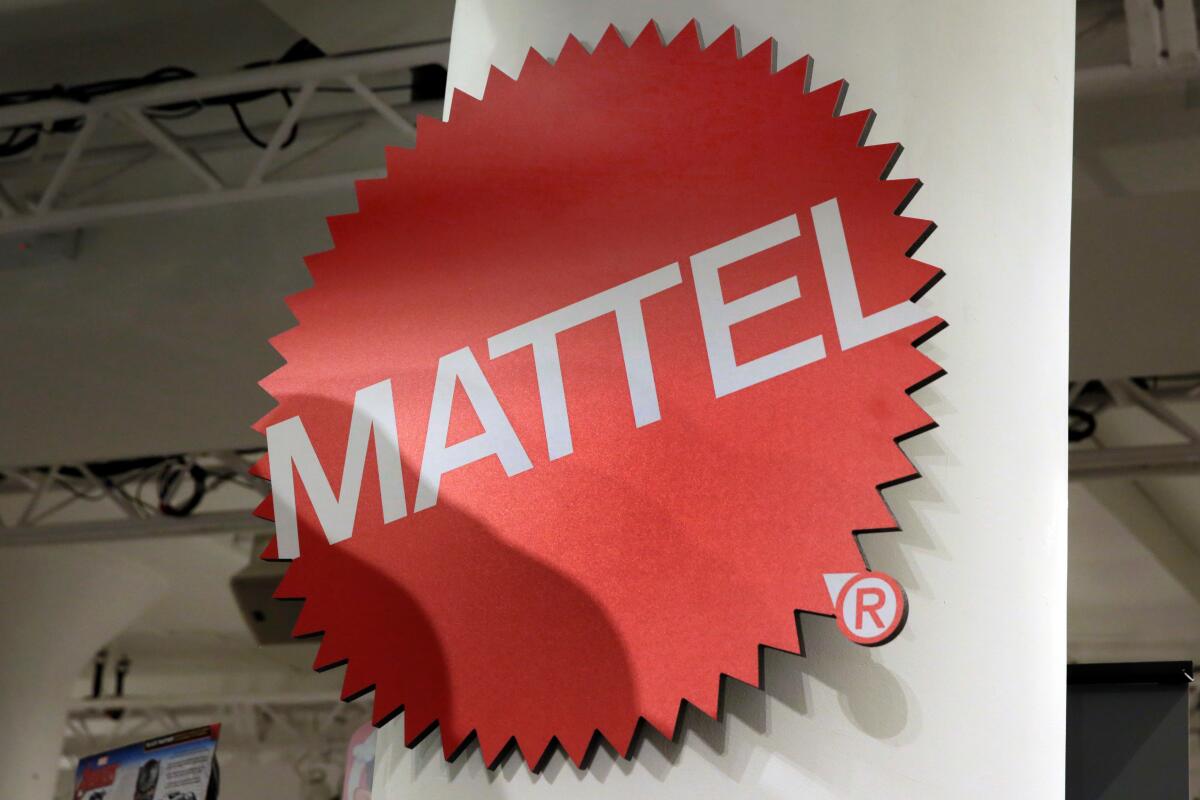
Andrew Turner, lead author of the study and an associate professor of environmental sciences at Britain’s University of Plymouth, said more research is needed on the effect of bio-based plastics on marine ecosystems.
“If you get a standard Lego brick that ends up in the ocean, I suppose these biopolymer ones will end up in the ocean in the same way,” he said.
According to Lego, the plant-based plastic used to make the bricks isn’t biodegradable — the company wants the toys to be durable — and Turner said that means the bricks could stay in the ocean for just as long.
“I would imagine that once they’re in the ocean, they’re going to stay there for quite some time,” he said.
Mattel said it’s trying to keep old toys out of the environment through its PlayBack program, which allows customers in the United States, Canada, Britain, France and Germany to return its products to the company for reuse or recycling.
“Our ultimate hope and goal,” Gill-Alabaster said, “is to be able to use the material recovered from that program in future toy production.”
More to Read
Inside the business of entertainment
The Wide Shot brings you news, analysis and insights on everything from streaming wars to production — and what it all means for the future.
You may occasionally receive promotional content from the Los Angeles Times.
